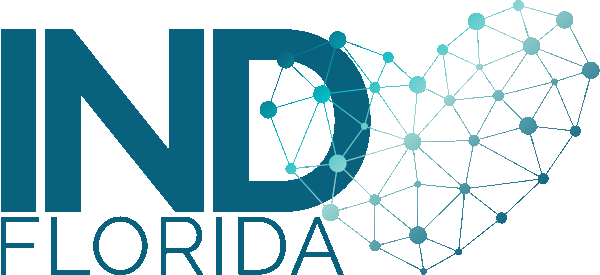Technology has come a long way in the health care field. Today, it is more accessible than ever, and young people of all ages, from high school, to undergraduate students, are getting involved in creating technical tools that have the potential to make a real difference.
The Competition
A team of Bioengineering students from the University of Maryland (UMD). The group of students recently won a $20K prize for their diagnostic invention. The competition is called the Design by Biomedical Undergraduate Teams (DEBUT), and it is sponsored each year by the National Institute of Health’s (NIH) National Institute of Biomedical Imaging and Bioengineering (NIBIB).
The prototype, developed by the winning team from UMD, was a wearable type of EEG monitor, designed to help diagnose Alzheimer’s disease (AD). An electroencephalogram (EEG) is a test used to evaluate the electrical activity in the brain
Lead designer, Dhruv Patel, explained that the inspiration for creating the AD diagnostic tool, was his grandfather, who was diagnosed with Alzheimer’s disease. “I pursued research into the disease and how current mechanisms fail to diagnose it in an earlier stage,” says Patel. “I saw there was improvement to be made, and so I set out to make that improvement.”
The New Diagnostic Device
The new AD diagnostic prototype tool was developed using a portable EEG monitor. Next, the students entered clinical data to enable the new device to decipher healthy brain waves from brain waves initiated by people with Alzheimer’s disease.
In one of the tests the students conducted, a person wearing the device hears high frequency, and then low frequency tones. Next, the EEG monitor reads the brain wave responses—to determine whether the responses are being read as a normal person would read them, or as a person with Alzheimer’s disease would.
Despite the stiff competition, the device won first place in the DEBUT contest. In 2nd place was a brain surgery mapping tool, created by a team from Arizona State University, and in 3rd place was a corneal implant device from Johns Hopkins University.
“Such a device that can easily be used by a clinician to determine that an individual is inflicted with Alzheimer’s disease before the patient displays clinical symptoms can both guide the clinician in the treatment of the patient and allow the patient and their family time to prepare,” says NIBIB’s program director for interdisciplinary training Zeynep Erim. “The impact for society is immense,” Erim concluded.
Development of the New Diagnostic Tool
The $20K award will help to fund the newly incorporated business, LLC, Synapto, says Patel. The new company is working on a patent for the innovative technology. While the founders of the company, Patel and his co-founder, wait for the patent, they are working on collecting information from medical facilities around the world—to improve the new device’s ability to accurately identify AD brain waves—before moving on to the next step in the development process—clinical trials.
It’s very exciting news, both for the winning team of designers, as well as for the future of Alzheimer’s treatment and prevention.






